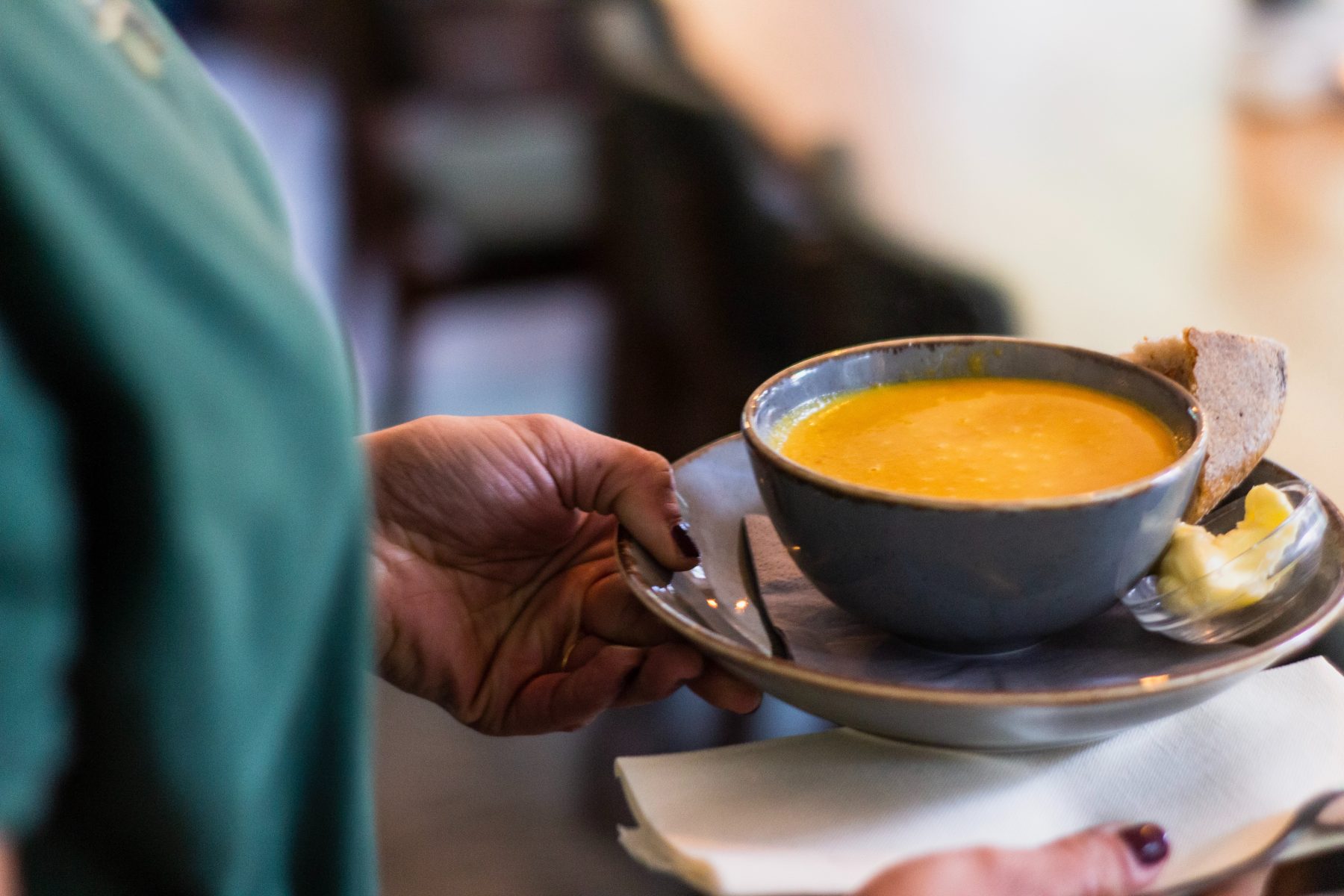We’re approaching deep winter now with shorter days, long cold nights, and weather-related health challenges. Managing the transition from cold air to warm air, and from warm rooms to cold floors, is important for your feet. When feet get cold, but the body is warm, small itchy painful swellings called chilblains can occur on toes, and they hurt. We think of chilblains as something out of the Charles Dickens era, but in New England cold floors and wood-burning stoves make chilblains quite commonplace. The cozy sight of warming cold feet in front of a fire is an invitation for chilblains, for those who are prone to them. Chilblains are a cousin to frostbite, and can also occur on the nose, ears, and fingers. As a foot care professional, my primary concern is its manifestation on the feet.
Chilblains affect about ten percent of the population, primarily the elderly, people who are sedentary, and people with circulation problems. When the skin becomes cold, tiny blood vessels under the skin constrict and restrict the blood supply to areas of skin. When the skin re-warms (especially if one tries to warm it too quickly) there is some leakage of fluid from the blood vessels into the tissues which can cause areas of inflammation and swelling, leading to chilblains. The skin often feels like it is burning, peeling skin is not uncommon, and toes can be blue or red and swollen.
Socks that keep your feet warm and wick away moisture (merino wool is my preference, and alpaca works well too) are important.
At the beginning of the pandemic, a close cousin to this condition came to be known as “COVID toes,” and the two do resemble one another, though COVID toes resulted from the virus and chilblains are caused by temperature changes that affect circulation. Though chilblains normally clear up on their own, they can be very painful and uncomfortable, and improper treatment can lead to greater problems.
Symptoms of Chilblains
Symptoms of chilblains include the following: The skin on the toes is swollen, and often feels like it is burning, with the area feeling painful to the touch. Also, the skin over a chilblain may blister, which may delay healing and lead to infection. Chilblains may become increasingly painful and take on a dark blue appearance.
Knowledge is Key to Prevention
Prevention is the first response to chilblains. Keeping feet warm and well insulated with socks or slippers that do not trap sweat next to skin is the first and best defense. Socks that keep your feet warm and wick away moisture (merino wool is my preference, and alpaca works well too) are important. The goal is to keep the feet dry, insulated, and protected. Socks made from non-breathable fibers like nylon or cotton cause your feet to sweat, creating the impression that they are warming feet when just the opposite is true. In that damp environment, the cold and hot mix and the blood vessels get confused. Preventing pain, open sores, and sore feet is an investment toward avoiding much more costly problems. Treat yourself or someone you love with the gift of good merino wool or alpaca socks. They can seem expensive, but they are an integral part of keeping your feet healthy and pain free. In addition to socks, wearing thick-soled shoes also insulates feet from cold surfaces and helps to keep you warm. Inside the house, socks are not enough to insulate your feet from cold floors. Wear slippers. Investing in merino wool socks and quality slippers is well worth the money.
Cold, dry feet that are not functioning well run the risk of developing cracks. Cracks are portals for bacterial infection. Moisturizing your feet daily, especially after bathing, will not only enhance circulation—the oil will seep into the skin and prevent cracks from developing. Professionally we recommend lightweight natural oils like coconut and sesame, especially for older skin. Older skin is similar to baby skin, and highly fragrant, petroleum-based skin creams may not be optimal.
Gentle exercises that improve blood flow to feet also warms the body and helps to prevent chilblains.
Finally, stop smoking. Smoking can narrow blood vessels and slow wound healing, and contribute to the formation of chilblains. It goes without saying, if you smoke, try to quit. There are smoking cessation programs in Western Massachusetts, and your health care provider can help you find the best one for you.
Treatment
Despite your best efforts, your feet may still get cold. If this happens, be sure not to warm them too quickly. Never place your cold feet in front of a warm fire or submerge them in hot water. Though this might feel good, it is the fastest way to develop the inflamed, painful skin patches that indicate chilblains.
If you do get chilblains, do not scratch, as scratching can break the skin and lead to infections. Use witch hazel and/or edible oil to soothe the itching and burning. Rewarm the skin slowly and gently, without massaging, rubbing or applying direct heat. Keep the affected skin dry and warm, but away from sources of heat, and keep any blisters and sores clean and covered.
When to Seek Treatment
Ongoing professional foot care is the best course of action to help identify problems early and begin appropriate care, especially among the elderly or those with diabetes and its concurrent circulation problems. A spa pedicure is a luxury but does not address underlying issues. If, despite your best efforts, you develop chilblains and see any broken skin, or swelling, or experience pain or tingling, ask your foot care nurse to take a look, and seek help from your healthcare provider as soon as possible. Feel free to bring a copy of this article to your medical appointment if you think you might have chilblains.




